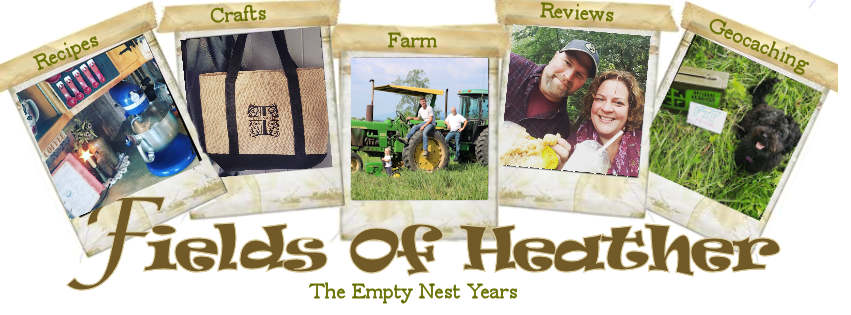Step By Step Making Cold Process Soap
Written in 2002, when I made my very first batch.
My Very First Attempt At Making Soap - in 2001
Please do not try to make soap based on my pictures and descriptions alone! Get a book, read up on what to do, and how to do it, and be careful! It is much easier then I ever thought, but not something you should be trying based on this quick synopsis of my experience. I have a list of soap making resources, and supplies, here: https://fieldsofhether.blogspot.com/2011/03/some-soap-making-resources.html
Getting Started
It took me forever to build up the nerve to try this... I read tons of websites, articles, and the Soap Book by Sandy Maine I think I have memorized now. :-) I had to look for the supplies too - I have not yet found a local soap making supply store, coconut oil especially was hard to track down. (coconut oil can now be found practically everywhere, but this was not the case in 2002)
The expense to get started was a lot higher then I anticipated - first the scales, then the oils, the thermometer, gloves, lye... all together were a bit costly. Well worth it though!
Approximate costs for me (in 2002)
Approximate costs for me (in 2002)
- Scales - $31 with shipping, on ebay (On Amazon in 2020)
- Stick blender - $9 wal-mart (On Amazon in 2020)
- Meat Thermometer - $3 at wal-mart (On Amazon in 2020)
- Lye - $3.50 at grocery store (On Amazon in 2020)
- Olive Oil - $2 at grocery store (make sure it is 100% olive oil)
- Crisco - $3 at grocery store
- Coconut Oil - $7 at health food store
A 2020 Note About Crisco -
The formula for Crisco has changed since the early 2000s. It now incorporates a fair amount of hydrogenated palm oil, which is good for making soap. If you're using Crisco, be sure to know what kind you are using and and adjust your lye calculator accordingly. Most lye calculators have a setting for "old Crisco" and "new Crisco." If your label lists "hydrogenated palm oil" as one of the ingredients, use the "new Crisco" setting.
I bought a Rubbermaid container for a second mold - my mom gave me an old wooden one that I like best though!
Finally, with everything assembled, and Dan home to keep and eye on the kids, I made soap!!
It was a nice fall day, so I set the lye up on the side porch table -I didn't mix it, just set the proper amounts out and ready.
Next I mixed my oils...
In this pan I have the olive oil, which I should not have - I took it back out and melted down the Crisco and coconut oils, THEN added the olive oil.
I didn't turn the stove on yet - instead measured out the oatmeal, ran it through the blender, and made sure my thermometer and stick blender where ready to go, and my mold was ready. I soaked a piece of muslin in water, rung it out, and lined my wooden box with it.
With everything ready, I went out and mixed the lye and water. I used a gallon jar, the fumes were much less then I expected! But I was outside too. The water turned cloudy white, and got VERY hot - much hotter then I was expecting!
I left the lye to cool, and started melting the oils... once they were melted, and olive oil added, I worked on getting both the oil and the lye to the right range of temperature - this part took me the longest. Once they were the right temp, I mixed the lye into the oils, slowly, while stirring. Then I used my stick blender to mix until it was "trace" - this went much faster then I expected!!
I took a little of this mixture, dumped it into a bowl with he blenderized oatmeal, and mixed it together.
then I mixed the oatmeal mixture into the rest of the soap, and mixed it thoroughly, before pouring into my mold.
I covered it with a sheet of wax paper, then layered with blankets, for the required 24 hours.
Here is the soap, 2 and a half hours after being poured into the mold:
I cut it into bars after 24 hours (picture at the top of the page) , and let it cure two weeks. I love the soap!
(I've made hundreds of bars of soap since this batch, but this is still one of my favorite recipes. Oatmeal soap is always a favorite!)
===============
Find an Index Of My Soapmaking Posts here:
https://fieldsofhether.blogspot.com/p/making-soap.html
https://fieldsofhether.blogspot.com/p/making-soap.html












No comments:
Post a Comment